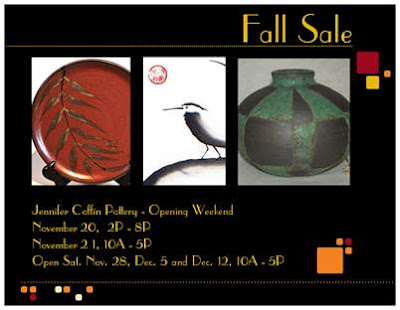 The combination of people in New York City really is incredible. I drove up to the Big Apple after Christmas this year and experienced NYC like never before. Every street, every neighborhood looked like Times Square; the city was packed. The streets were thick with bundled faces, some meandering, some purposefully pursuing. I tried to keep track of the number of languages, the number of nationalities or different states but after only two days, I lost count.
The combination of people in New York City really is incredible. I drove up to the Big Apple after Christmas this year and experienced NYC like never before. Every street, every neighborhood looked like Times Square; the city was packed. The streets were thick with bundled faces, some meandering, some purposefully pursuing. I tried to keep track of the number of languages, the number of nationalities or different states but after only two days, I lost count.To see so many faces, various shapes, big noses, little noses, almond eyes, round eyes, wide mouths, big lips, no lips, huge hair, dyed hair... not to mention the fashion or styles people chose to cover or compliment or accentuate those features... I was as overstimulated as an artist could get! And to think that all of these features, natural or donned, stem from different backgrounds and cultures and experiences.
That combination of people brings out an amazing array of creative outlets that could not be showcased anywhere else the way it was here. Walking from Madison Square Gardens through Central Park to The Plaza, I experienced a trio of hilarious, energetic young men doing a stand up comedy routine with jokes said in unison and feats of gymnastics thrown in. We also saw a group of artists drawing people's portraits with charcoal in 2 minutes, a man selling Obama condoms,
 Statue of Liberty impersonators taking photos with tourists, Santa's looking lost, Toy soldiers enthusiastically managing and entertaining a line of frozen parents and crazy kids about a half a mile long for F.A.O. Schwarz, a ragged man playing beautiful saxophone holiday songs, a man in bare feet trotting through the crowds, a group of drummers and dancers celebrating Kwanzaa with ancestral beats, chants, and awesome shimmies and stomps, and a man in shorts and a tank top and gloves up to his armpits running 5 minute miles through the crowds. Through all of this, conversations, food smells, and faces around me were Russian, French, African, Spanish, Korean, Chinese...
Statue of Liberty impersonators taking photos with tourists, Santa's looking lost, Toy soldiers enthusiastically managing and entertaining a line of frozen parents and crazy kids about a half a mile long for F.A.O. Schwarz, a ragged man playing beautiful saxophone holiday songs, a man in bare feet trotting through the crowds, a group of drummers and dancers celebrating Kwanzaa with ancestral beats, chants, and awesome shimmies and stomps, and a man in shorts and a tank top and gloves up to his armpits running 5 minute miles through the crowds. Through all of this, conversations, food smells, and faces around me were Russian, French, African, Spanish, Korean, Chinese...If you've not had the opportunity to travel much, NYC (or London, I hear) is, you might say, a great bang for your buck. You get a HUGE variety of pretty authentic experiences from around the globe in one place. Aurthur Schopenhauer, an early 1900's philosopher wrote a number of essays now collected in a volume called "Studies in Pessimism." I read a quote from these essays where Schopenhauer says,
 That is a strong encouragement to broaden one's own vision in order to better understand fellow man and the world in which we live. Reading, traveling, in conversation, art, fashion, food, work; all of these experiences
That is a strong encouragement to broaden one's own vision in order to better understand fellow man and the world in which we live. Reading, traveling, in conversation, art, fashion, food, work; all of these experiences















 Very Moroccan influenced!
Very Moroccan influenced!





























